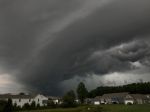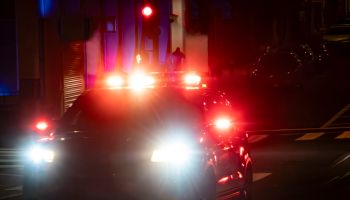An alarm system on the Deepwater Horizon had been “inhibited” for about a year before the April 20 explosion that killed 11 workers and started the worst oil disaster in the nation’s history, the platform’s chief electronics technician testified to a federal panel Friday.
An inhibited mode means sensors for toxic or combustible gases or fire are active and will alert the platform’s computer system, but the computer does not trigger an audible or visual alarm, technician Mike Williams told the six-member panel.
Supervisors on the Transocean rig were aware that the alarm system had been inhibited, Williams said.
“When I discovered about a year ago it was inhibited, I inquired as to why it was inhibited, and the explanation I got is that … they did not want people woke up at 3 o’clock in the morning due to false alarms,” Williams said.
The rig’s general alarm system also has normal and override settings, the technician testified. Under an override setting, the computer will not recognize the sensor information for any purpose, he said.
The alarm system’s visual alerts were on light towers throughout the rig, Williams said. A red light signified fire, a yellow light meant toxic gas, and a blue light indicated combustible gases.
No alarms sounded or could be seen on the light towers the night of the fire, he testified.
The cause of the explosion and subsequent fire that sank the semi-submersible platform two days later has not been determined.
Read Full Story
Article courtesy cnn.com
















